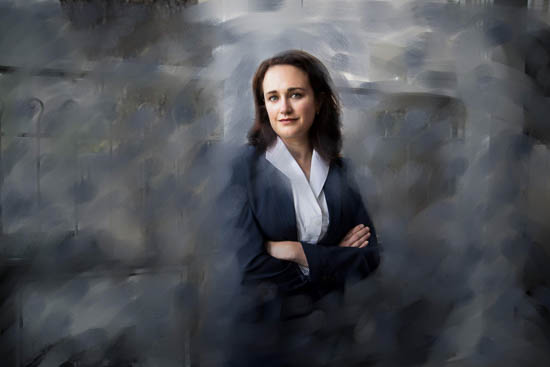
Photography has undergone a huge transformation in the last handful of decades. From film rolls and darkrooms to mirrorless cameras and AI enhancing, the evolution has long been immediate and relentless. What was as soon as an analog craft now leans seriously into the electronic realm, and For numerous photographers, this change provides both equally opportunity and obstacle. Those that fail to adapt risk remaining remaining at the rear of within a aggressive market exactly where staying latest is essential. Comprehending how pictures has developed is the first step in recognizing the significance of being aligned with right now’s slicing-edge resources and procedures.
Previously, a photographer’s talent was calculated mainly by their power to function with guide options, lighting, film varieties, and Bodily prints. Acquiring shots required chemical understanding and entry to a darkroom. Nonetheless, digital cameras disrupted the status quo, creating photography much more accessible and fewer highly-priced. Using the rise of DSLRs and mirrorless systems, photographers now not desired film or enhancement labs. Prompt impression previews, increased ISO capabilities, and massive storage solutions intended photographers could shoot far more, experiment freely, and understand more rapidly. But this digital growth also released new issues—Levels of competition enhanced, and simply proudly owning a fantastic digital camera was now not plenty of to get noticed.
Today, the pictures business is deeply intertwined with technology. AI-pushed editing instruments like Lightroom’s topic masking or Photoshop’s generative fill have redefined write-up-processing. Platforms like Skylum Luminar and Topaz Labs offer you sounds reduction and picture upscaling that may are already extremely hard a decade in the past. Even smartphones, once mocked by pros, now produce substantial-resolution Uncooked photos and give Superior capabilities like portrait mode, evening pictures, and authentic-time HDR. The enjoying area has shifted dramatically, and traditionalists will have to settle for that more recent technologies often boosts rather than diminishes the art of photography.
Over and above components and software program, know-how now dictates how photographers connect with shoppers and improve their enterprises. Social media platforms, Web optimization-optimized Internet websites, and automatic reserving devices are essential for advertising and marketing and outreach. Google My Small business profiles, geotagged pics, and on line assessments normally ascertain whether a shopper chooses just one photographer about One more. Specialists who stay offline or count exclusively on phrase-of-mouth advertising limit their exposure and opportunity growth. Embracing these electronic resources doesn’t just assistance photographers continue to be related—it permits them to work smarter and access broader audiences a lot more competently.
The rise of look here AI in pictures is especially transformative. Synthetic intelligence can now examine facial capabilities to vehicle-correct lighting, easy skin, and perhaps swap backgrounds in a single click. AI-driven culling computer software will help photographers sift by Many photographs, selecting the right pictures determined by expression, sharpness, and composition. In-studio, AI-Improved lights systems immediately alter publicity and stability keep reading based on topic situation. These applications don’t replace the photographer's Inventive eye—they amplify it. People who make investments time in Finding out AI attributes keep reading achieve a aggressive edge in both of those speed and high quality.
In summary, images is no longer just about mastering the shutter or recognizing the golden hour. It’s about adaptability. The craft happens to be a dynamic mixture of artwork, science, and technology. Photographers who will get more info be willing to evolve—who understand new program, invest in smarter gear, and embrace AI and digital promoting—are better positioned for very long-time period achievement. The ones who resist, clinging to out-of-date approaches or dismissing technological developments, might quickly find on their own irrelevant in a quick-paced visual planet. To stay competitive and creative, photographers should not simply read further sustain With all the evolution of pictures—they have to direct it.